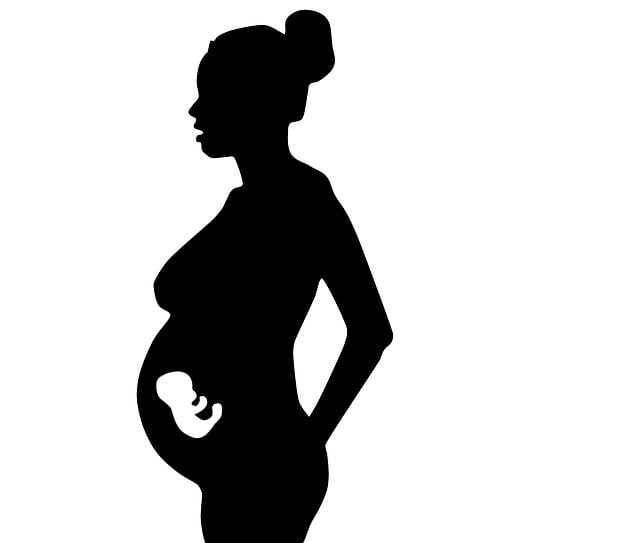By Jane Thompson
A recent study has revealed that many parents are still creating unsafe sleep environments for their infants. The research, which initially aimed to understand the preferred sleeping arrangements of new mothers, quickly raised serious concerns among pediatricians reviewing the footage. The question on many minds was: why are parents disregarding safety guidelines?
Despite repeated warnings about the hazards of placing loose bedding, crib bumpers, and stuffed animals in cribs, many parents continue to do so. “I was taken aback and concerned,” stated Dr. Mark Johnson, a pediatrician with over 15 years of experience. “Although I’ve seen parents not adhere to every guideline, the fact that nearly every observed infant had loose bedding was unexpected.”
The study found that even when parents knew they were being watched, they still placed their infants in sleep environments fraught with risks. Moving infants to a secondary location during the night exacerbated these dangers. The alarming data showed that among 160 one-month-olds, 21% were placed on unsafe sleep surfaces, and a staggering 91% had potentially dangerous items such as pillows and stuffed animals in their cribs. For three-month-olds, 18% were placed in unsafe positions, and 87% had hazardous items present. By six months, 33% were placed in unsafe positions, and 93% had loose items in their sleeping area.
One must wonder why crib bumpers remain on the market when both the American Academy of Pediatrics and the American SIDS Institute have cautioned against their use. The Consumer Product Safety Commission (CPSC) reports that nearly 700 infant deaths related to sleep environments occurred between 1992 and 2010, primarily due to suffocation caused by pillows and overcrowding in cribs. The CPSC emphasizes that a safe crib should be devoid of clutter, meaning no pillows, heavy blankets, or stuffed toys.
The study also highlighted that parents, when relocating a restless baby at night, often create even less secure sleeping situations. While there are ways to co-sleep safely, the same principles that apply to cribs must be followed in adult beds, including placing infants on their backs without any blankets or pillows nearby. For a comprehensive list of safe co-sleeping guidelines, you can check out Kelly Mom.
Dr. Emily Carter, another pediatric expert, remarked, “I always advise new parents to put their babies to sleep on their backs in a crib free of blankets, toys, bumpers, or pillows. I now realize I should emphasize the importance of maintaining a safe environment if the baby wakes during the night.” It’s imperative that this message is crystal clear: never place anything in a crib with your sleeping infant.
For those interested in family planning and exploring options for conception, you might find valuable insights in articles about home insemination methods. For instance, check out this Cryobaby at Home Insemination Kit or the BabyMaker Home Intracervical Insemination Syringe Kit Combo for more information. Additionally, the Wikipedia page on artificial insemination offers an excellent resource for understanding this topic.
Summary
In summary, the alarming findings from recent studies indicate that many parents are still failing to create safe sleep environments for their infants, despite ongoing guidance from health professionals. It’s crucial that parents adhere to safety recommendations, ensuring that cribs remain free of loose items to prevent suffocation and other hazards.
Keyphrase: infant sleep safety
Tags: [“home insemination kit” “home insemination syringe” “self insemination”]
